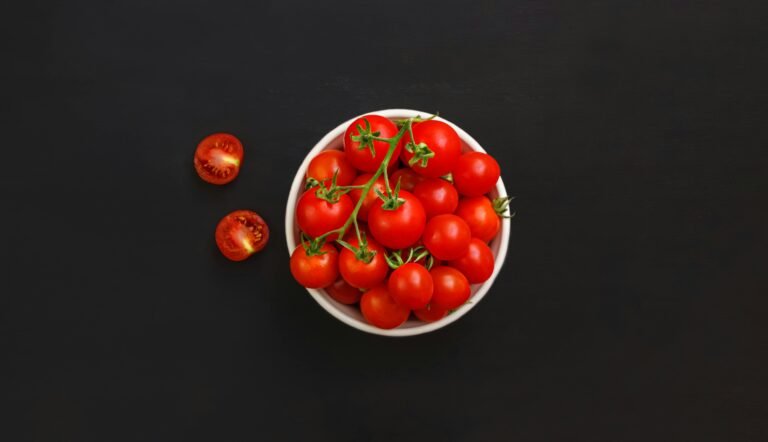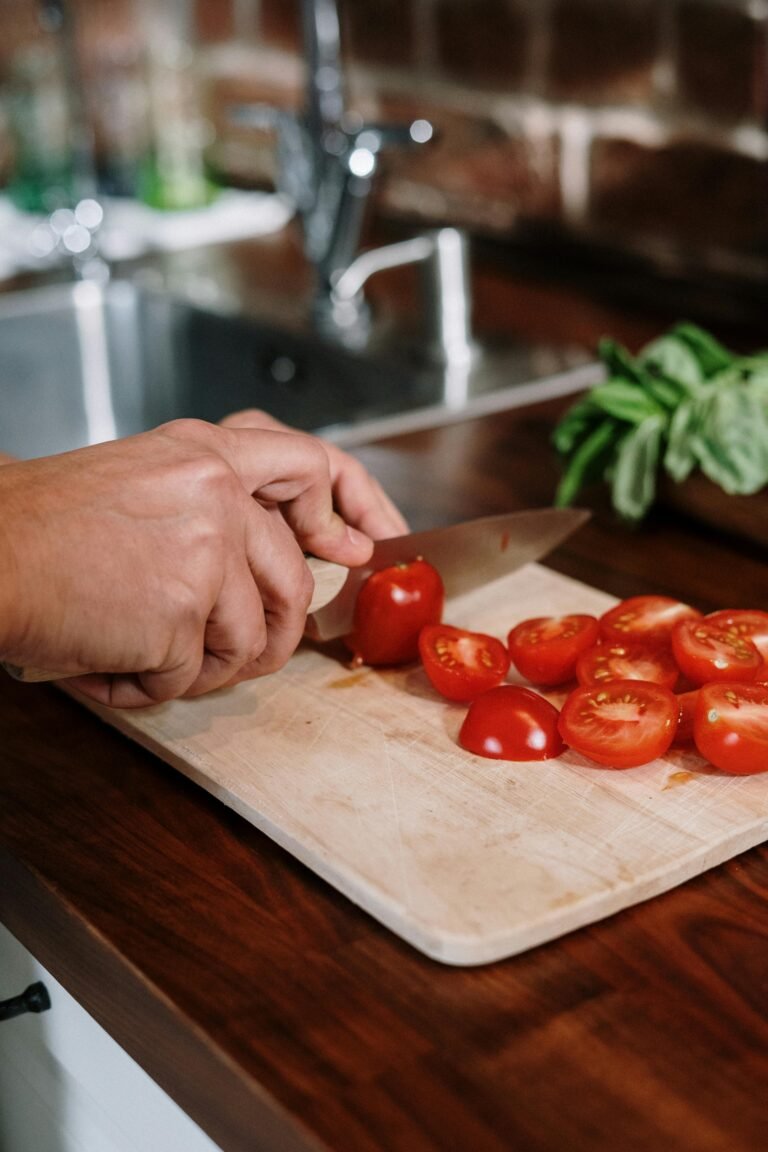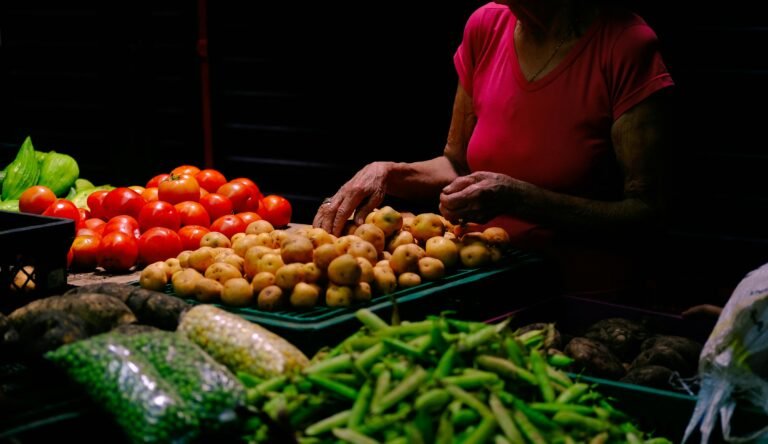Deflate the belly, practical advice
How to deflate your belly quickly, and without losing your mind?
At the moment, the only “scientific” protocol to combat swollen stomach and irritable bowel problems is that of the low-content diet of Fodmap . A protocol discovered by Australians nearly fifteen years ago, but which has only recently become mainstream.
The latest study confirming how foods called Fodmap affect intestinal swelling is in fact Italian, by Professor Enrico Stefano Corazziari of the Gastroenterology Unit of the Sapienza University of Rome.
According to this study, those who follow this Fodmap low-food diet can deflate their tummy by 40% in one month and reduce bloated stomach discomfort by the same percentage.
After 16 months, the swelling is reduced by 66%.
So imagine how following this diet can halve your swollen stomach problem within a year.
There is however a but.
The Fodmap low food diet is quite complicated to follow, because you have to keep in mind yes and no foods , and it risks being impractical. However, there is some advice within everyone’s reach to start deflating the belly. Here’s how to make a simplified Fodmap diet.
Instead, let ‘s see the first tips to approach this dietary regime and deflate the belly from the first week.
- Avoid carbohydrates with wheat and barley. Go for rice, quinoa, oats and gluten-free products.
- Prefer hard and aged cheeses, and delactosed or vegetable (not soy) oat or rice milk.
- Eat fruit between meals, preferring banana, blueberry, grapefruit, kiwi, mandarin, lemon, orange, grape, raspberry, strawberry.
- Space for vegetables, in particular celery, peppers, aubergines, lettuce, green beans and pumpkin.
- Eat tomato rich in lycopene.
- As sweeteners prefer white or whole sugar, maple syrup and sweeteners that do not end in ‘ol’ (erythrol, maltitol, etc. Attention: they are found in many light products); no to honey.
- Animal proteins can all be eaten without problems.
To be avoided or limited, however, because it has a high fermenting power.
- Wheat and rye (bread, pasta, couscous, crackers, biscuits).
- Apples, pears, apricots, cherries, peaches, mangoes, watermelons, persimmons, plums, plums.
- Honey, fructose and corn syrup, sorbitol, mannitol, xylitol, erythrol.
- Soft and fresh milk and cheeses (such as ricotta).
- Artichokes, asparagus, beets, Brussels sprouts, broccoli, cabbage, cauliflower, fennel, garlic, shallots, mushrooms, peas.
- Legumes.































+ There are no comments
Add yours